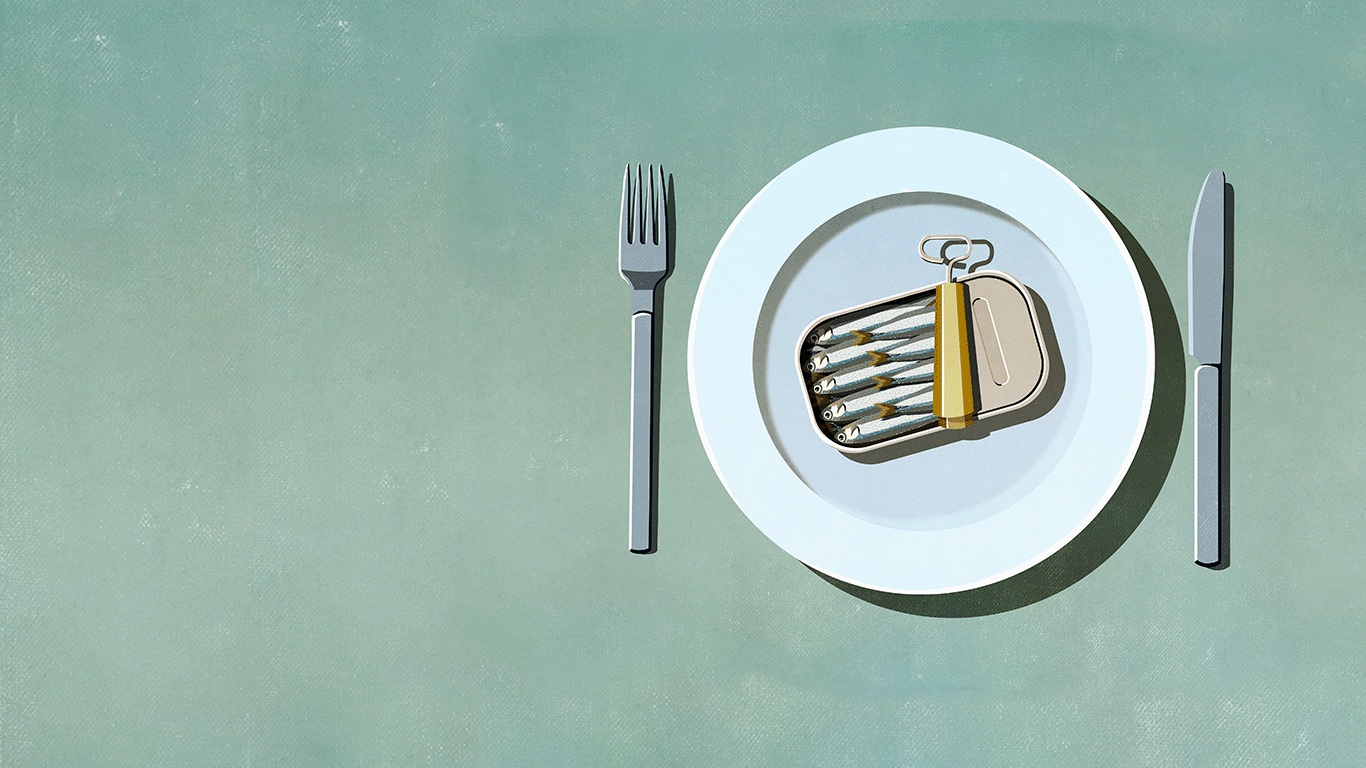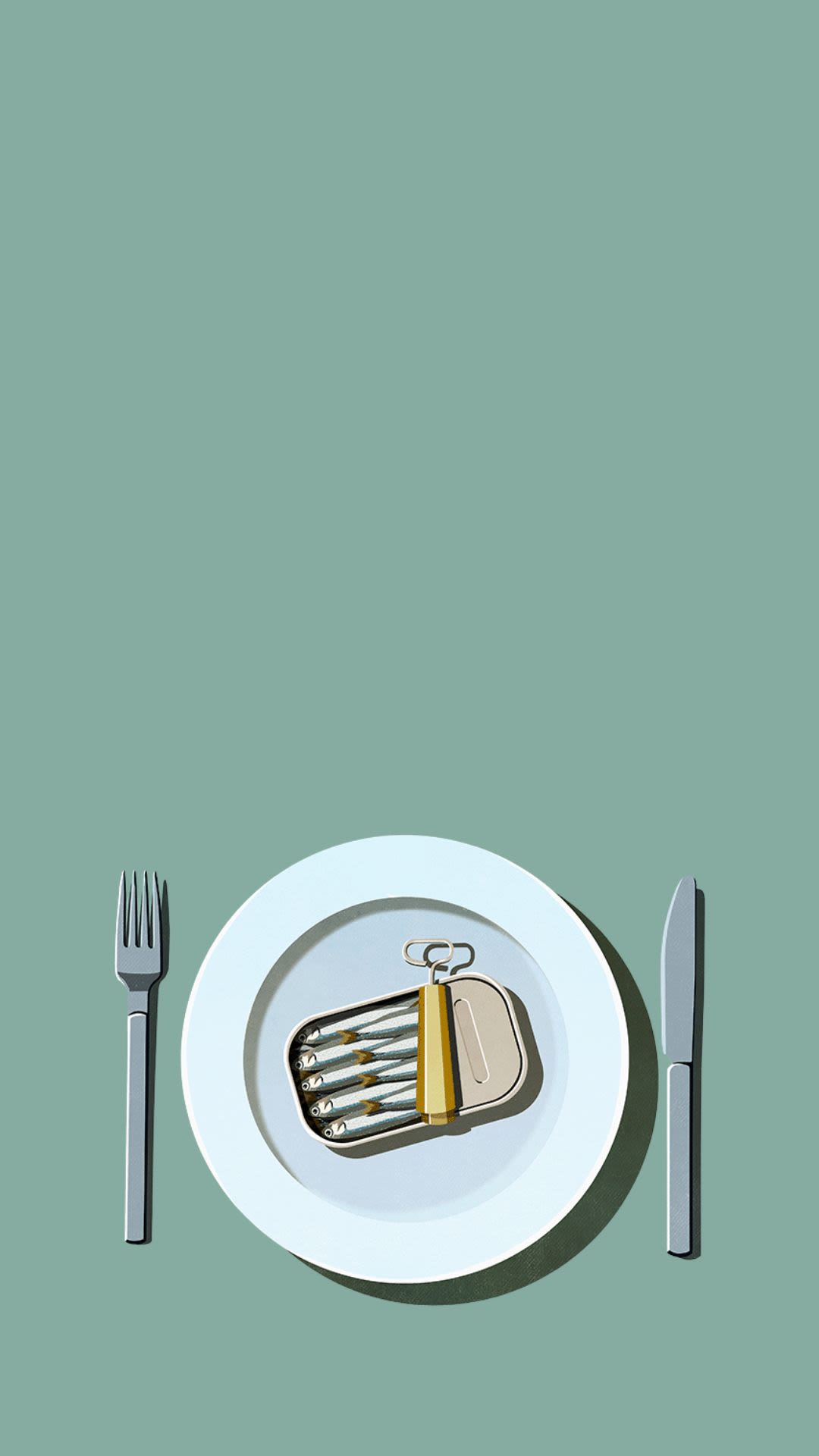Wild-caught
or farmed?
Untangling sustainable
seafood
By Associate Professor Carissa Klein,
Dr Leslie Roberson and PhD candidate
Rosa Dominguez-Martinez, UQ School of
the Environment, Centre for Biodiversity and
Conservation Science

Wild-caught
vs farmed:
Untangling sustainable
seafood

By Associate Professor Carissa Klein, Dr Leslie Roberson and PhD candidate Rosa Dominguez-Martinez, UQ School of the Environment, Centre for Biodiversity and Conservation Science
It's no secret Australians love seafood. Fish and chips shops are ubiquitous, even in remote inland towns. Seafood feasts are a staple of summer holiday gatherings. As conservation scientists we found this confronting, as it’s often difficult to determine whether seafood is sustainable – that is, harvested in a way that minimises harm to people and the environment. This led to the formation of our research group at UQ, led by Associate Professor Carissa Klein, focused on improving the sustainability of seafood in Australia and around the world.
Australia is surrounded by ocean, yet around 70% of the seafood we eat is imported. That means it’s farmed or caught in a place that is not subject to Australia’s management laws and policies. We analysed social and environmental indicators for Australia’s seafood trade partners and found that nearly all have weaker environmental regulations and fisheries management, more illegal activity and greater vulnerability to slavery. This research raises serious concerns about the sustainability of Australia’s seafood diet.
Here are some of our discoveries – and some practical advice on how to keep your seafood diet as sustainable as possible.
Flakey protections against dodgy imports
One-fifth of all wild-caught seafood globally is caught illegally. Weak import regulations leave Australia exposed to illegally sourced seafood. Important information, like fishing location or species name, is often not required on labels, allowing products to be imported and sold under vague labels such as ‘frozen fish’ or ‘flake’, which obscures their identity and origins.
‘Flake’, a generic name for shark meat, can be a cover for particularly concerning practices: many shark species are overfished, threatened with extinction or have a high chance of being illegally caught.
Threatened species caught in the net
We examined global seafood data and found 92 threatened species reported in industrial catch records globally, 11 of which are critically endangered species. Although Australia is not one of the world’s largest fishing or seafood consuming nations, our research found records of at least 15 threatened species caught in our waters, 8 threatened species imported and potential exports of 4 threatened species listed under Australia’s own environmental laws.
This includes species like the school shark, assessed by the International Union for the Conservation of Nature (IUCN) as critically endangered. This is the same level of threat assigned to the northern hairy-nosed wombat or the mountain gorilla, but unlike those land animals, endangered marine species still legally appear on our plates.
What needs to be done?
Improving the sustainability of seafood in Australia requires national and international policy action. This includes:
- Reforming Australia’s national environmental legislation, the Environmental Protection and Biodiversity Conservation Act, and improving fisheries and aquaculture management.
- Stronger labelling laws that indicate the species, origin and production method.
- More effective seafood import controls.
But seafood consumers – all of us – will be critical to further improvements.
What can you do as a consumer?
The Australian Marine Conservation Society’s GoodFish Seafood Guide (available as an app) can help you make sustainable seafood choices. To use it, you need three pieces of information:
- the species – e.g. banana prawn, not just ‘prawn’
- its origin – Queensland, not just ‘Australia’; or Vietnam, not just ‘imported', and
- how it was produced – aquaculture or wild caught.
It’s worth noting that there can be massive discrepancies in the sustainability of ‘wild-caught’ fisheries, as well as aquaculture, making these two terms difficult to interrogate. Things like the type of fishing gear and aquaculture method make a huge difference to sustainability.
Some simple rules of thumb
We know some people find apps like this daunting. To make it simpler, we developed some rules of thumb for eating seafood in Australia:
- Labelled or leave it: if the product is not labelled with species, origin and production method, leave it.
- Avoid imported prawns: intensive prawn farming overseas has been linked to the destruction of habitats, like mangroves. Australian prawn farming is a more sustainable industry.
- Eat farmed Australian oysters and mussels: it’s hard to go wrong here – they are not only delicious, they help clean water and provide habitat for fish. Fresh local products are widely available, while imported options are usually tinned.
- If purchasing barramundi, go for farmed Australian fish: Australian farmed barramundi is commonly available. Some wild-caught Australian barramundi fisheries have issues with bycatch, while imported farmed barramundi have recurring issues with disease.
- Avoid farmed Atlantic salmon: most salmon found in Australia is farmed in Tasmania. Although the industry has made substantial sustainability improvements, farming continues to harm ecosystems in Macquarie Harbour, adjacent to a World Heritage Area. Australia’s Threatened Species Scientific Committee assessed salmon farming in Macquarie Harbour as ‘catastrophic’ to the endangered Maugean Skate, a species only found in Tasmania.
- When in doubt, pick fresh Australian seafood: Australian seafood is typically subject to better management than the seafood we import from other countries. There are currently 62 seafood products listed as a ‘Better Choice’ in The GoodFish guide!
By asking questions, choosing sustainable options and supporting stronger labelling and traceability, consumers can drive real change. Together with policy reforms, consumers can help ensure sustainable seafood ends up on the menu!

